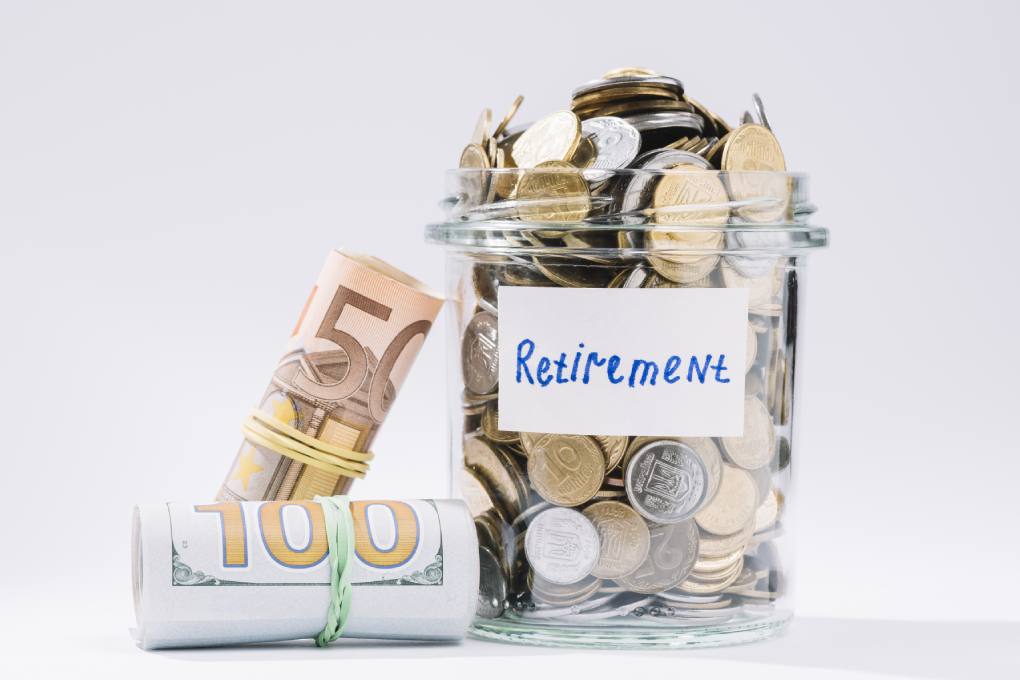Retirement Planning – How To Maximize Your Insurance Benefits

Retirement planning has always been important, and it still is. Make retirement savings a line item in your budget, and try to keep as much as possible.
Stick to your insurance company’s network when seeing healthcare professionals. It will keep your costs down.
Extensive travel in retirement can eat into your savings, so plan and take the big trips while you’re younger.
Table of Contents
Insurance
When planning for retirement, healthcare costs are often the biggest concern. A recent estimate from EBRI2 indicates that a couple needs $296,000 to have a 90% chance of saving enough for their Medigap premiums, Medicare Part B and D Premiums, and out-of-pocket drug expenses in retirement.
Suppose you are an active employee contributing to the Thrift Savings Plan (TSP) on a pre-tax basis. In that case, you will continue your coverage in retirement as long as you remain eligible to participate and pay the required contributions. It would be best to start looking into your group insurance options several years before retirement to ensure you know what plans you will have access to once you retire from federal employment.
Once you retire, knowing about retirement and insurance benefits offered through the marketplace is essential. If you qualify during open enrolment, you might be eligible for a Medicare plan that offers lower costs and premium tax credits. Fill out the form for beneficiaries of your pension. You must complete a form to name beneficiaries for your death or disability. You can accomplish this by completing our online beneficiary designation form.
Medicare
If you’re close to retirement or already in it, there are many things to remember. Among them, choosing your Medicare coverage is an important decision that’s best made with the help of a financial professional.
In this phase of your life, taking advantage of employer-sponsored retirement savings plans, such as 401(k)s and IRAs, is essential. In particular, if your company offers an employer match on your contributions, take advantage of it. Also consider other tax-incentivized investments, such as certificates of deposits (CDs) and blue-chip stocks, as well as real estate investment options like rental properties. Finally, consider long-term care insurance to help pay for medical expenses that could deplete your retirement savings.
It’s also a good idea to review your ongoing monthly expenses to identify those that may not continue post-retirement, such as student loan payments or utilities. On the other hand, some fees will likely continue to be incurred in retirement, such as medical bills and housing costs. Consider life insurance and other options to safeguard your assets from unforeseen circumstances and illnesses that could develop as you age.
Social Security
As the only source of guaranteed lifetime income for most retirees, Social Security deserves a prominent place in your retirement plan. Your choices regarding when to claim benefits will impact the dollar amount of your monthly check for the rest of your life.
Social Security calculates your benefit using a formula based on your lifetime earnings and adjusts the final number annually to account for inflation. This annual cost-of-living adjustment, or COLA, makes Social Security different from most other retirement income sources, such as traditional defined-benefit pensions and some annuities.
Between 62 and 70 years old, one can begin collecting Social Security. You risk losing benefits if you wait until your FRA of 66 plus four months or 67 if you were born in 1957 or 1956. If so, you can accrue credits for postponed retirement to boost your compensation. The bump is based on your average indexed monthly earnings for the 35 years preceding your FRA.
Those credits add two-thirds of 1 percent to your monthly Social Security benefit every month you wait past FRA to file. It means you’ll receive your highest possible monthly benefit when you start at age 70, and future COLAs will be applied to that more extensive base.
Taxes
As you approach retirement, consider your tax situation. Planning can go a long way toward keeping more of your hard-earned money. Look at the potential benefits of deductions and credits and investment strategies that can help reduce your tax bill.
One of the most significant advantages of traditional pensions is that they typically pay until death, whereas 401(k) and other defined-contribution plans have a risk that the funds could run out early on. But with new products like deferred income annuities, it is possible to have a steady stream of income from the retirement account and investments that won’t stop until you die.
Whether investing in a traditional company pension plan or an individual retirement account, it pays to start saving early. Investing just a few hundred dollars a month in your 20s can add up to tens of thousands by the time you retire.
A good retirement plan also considers inflation. Expenses such as food and healthcare are expected to rise, so save enough to cover those increased costs as you retire. And don’t forget the unexpected expenses that can pop up as you near the end of your career, such as health care costs and funeral expenses. Set aside a savings emergency fund, such as a separate checking account with about three to six months of salary saved up.
Also Read: How AI Is Revolutionizing Forex Trading







